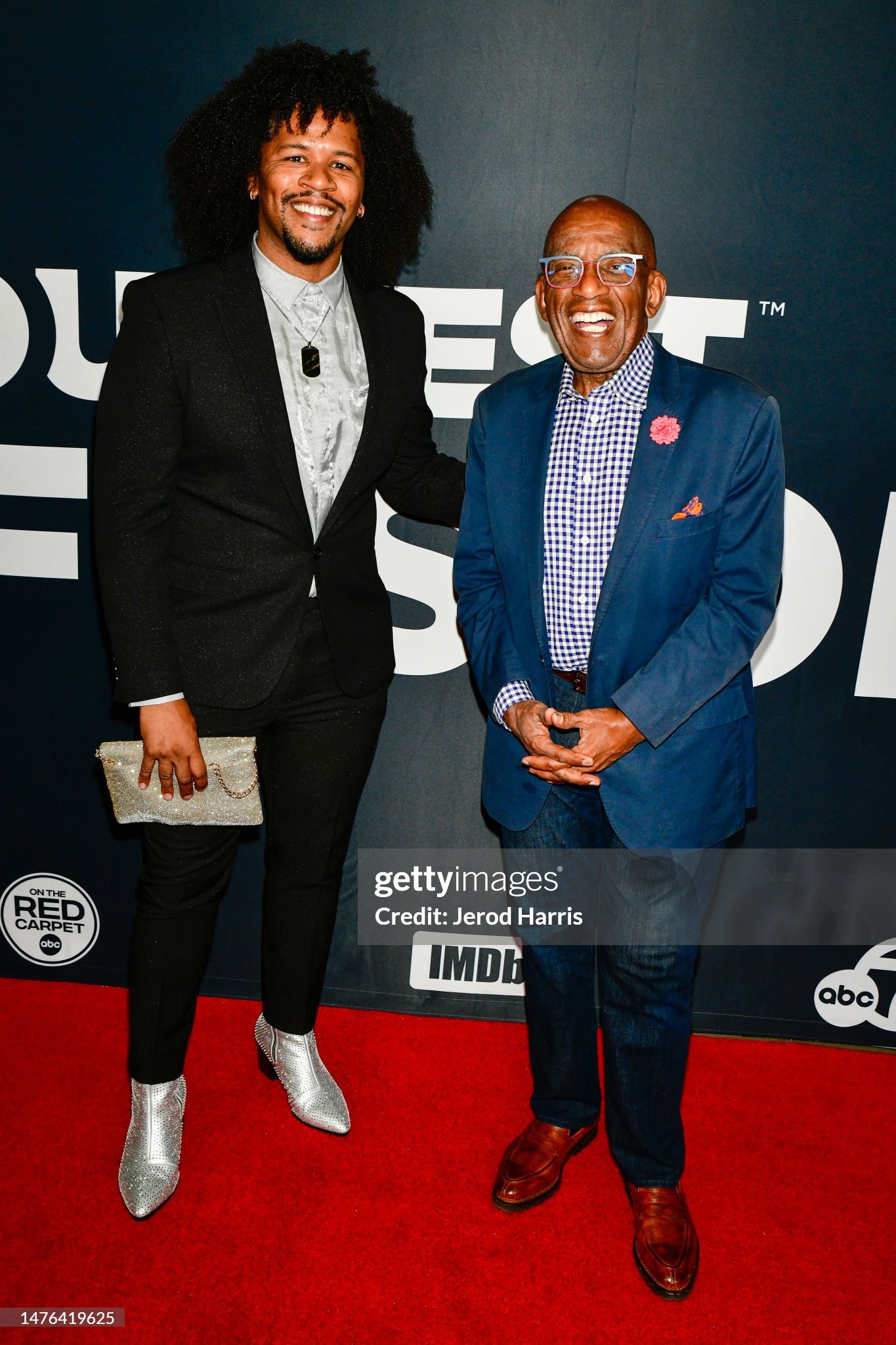All my career, I’ve been thinking about maps.
Who draws them.
Who gets included.
Who gets erased.
For the past few years, I’ve been circling a question:
What if Black genius could be mapped—not just through monuments or protest—but through invention, everyday brilliance, the places and people left out of the archive?
Today, I’m proud (and a little in awe) to share my latest piece, Geographies of Black Genius, published in Places Journal.
This essay is more than research—it’s a love letter to the hidden, the buried, the overlooked. It’s about preservation beyond plantations, about honoring Black landscapes that hold invention and imagination.
It’s also part of a larger project: the Museum of Hidden Genius. I’ve been building this quietly, gathering stories, artifacts, and dreams to create a prismatic atlas of Afrotech—one that weaves together ritual, design, and memory.
The map isn’t finished. It never will be. But today feels like a marker.
I hope you’ll read the piece. I hope it stirs something in you.
And when you’re ready—help me finish the map.
Read here: Geographies of Black Genius — Places Journal
https://placesjournal.org/article/geographies-of-black-genius/
Explore the Museum (soft launch): museumofgenius.com






